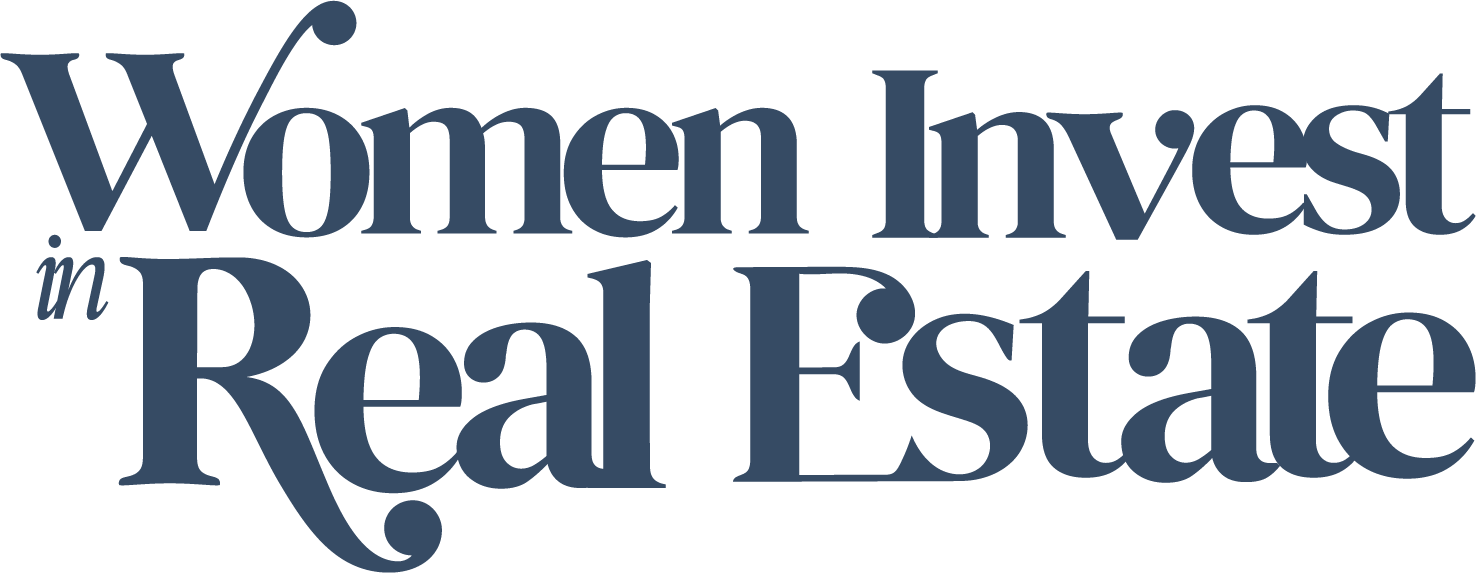Rehab Tips for Real Estate Investors
Does your property need work but you don’t know where to start? Let go of your worries because we are sharing our 6 best tips for rehabbing in real estate! Whether you have flipped a dozen or more houses, or are looking to tackle your first rehab project, we’ve got the details on strategies to make sure your project, and budget, stay on track.
The 6 rehab tips we are digging into are:
Create a budget
Make a list of all your monthly expenses and income. Allocate a portion of your income towards rehab costs, including treatment, accommodation, transportation, and incidentals. Be realistic about what you can afford and prioritize essential expenses. Try estimating your rehab cost via an Excel or Google spreadsheet.
You can also keep track of your finances using QuickBooks. QuickBooks is a simple, automated, and organized platform that stores all of your accounting information in one place. QuickBooks also helps with managing your invoices and expenses by using custom reminders and tracking features. With QuickBooks Online and QuickBooks Payroll products, you can get an exclusive discount of 30% off for 6 months as a new customer. Head to QuickBooks to get started!
If you need help with finding and financing your rehab project, then you’ll want to check out Backflip! From finding a property to funding it, investing has never been easier with their free app. Pull comps, estimate profits, and apply for a personalized loan all in one place. Whether you're a beginner or have a few flips under your belt, they have a loan for you. Like their Zero Gravity loan, with up to 96% LTC, no upfront fees, and no payments for six months. You can find and fund your next flip with Backflip in your pocket. Download Backflip’s free app!
Add a 10-20% buffer to your timeline and budget
Adding a 10-20% buffer to your timeline and budget is a prudent approach to account for unexpected expenses and potential delays during the rehab process. By incorporating a 10-20% buffer into your timeline and budget for rehab, you can better prepare for unexpected events and ensure a smoother and more successful recovery journey. Flexibility, contingency planning, and proactive financial management are essential elements in achieving long-term real estate success.
A great way to prepare for unexpected events is to get insurance! Looking for landlord insurance? Then you’ll want to head to Steadily to grab a free quote. Make sure to mention WIIRE :)
Need renter’s insurance? Then Lemonade has got you covered. Get a quote today by clicking here.
Get good quotes from contractors (and get multiple!)
Communication is key when it comes to getting good quotes from contractors. Make sure to do your research and maintain open and clear communication with contractors throughout the quoting process. Address any concerns or questions promptly to ensure a positive working relationship.
Don’t be afraid to ask your current contractors for more referrals
Asking your current contractors for more referrals can be an effective way to expand your network and find reliable professionals for future projects. Do not hesitate to ask! Your current contractors are familiar with your specific needs and preferences and as a result, they can provide personalized recommendations tailored to your project requirements, making it easier to find the right professionals for the job.
Consider subbing out some rehab project work
Subcontracting certain aspects of a rehab project can be a strategic decision to ensure efficiency, expertise, and timely completion. Conduct thorough research to find reputable subcontractors with the necessary qualifications, licenses, and insurance coverage. Seek recommendations from trusted sources, check out online reviews, and request references from potential subcontractors to assess their reliability and quality of work. By carefully evaluating your needs, selecting reputable subcontractors, and establishing clear communication and expectations, you can effectively sub out certain aspects of a rehab project to streamline operations and ensure successful outcomes. Subcontracting allows you to leverage specialized expertise while focusing on your core competencies, ultimately contributing to the overall success of the project.
Best practices for paying your contractors
Before you get started on a rehab project, it’s important to agree on payment terms with your contractors. Establish clear payment terms upfront and include them in the contract or agreement. Specify the payment schedule, including milestones, deadlines, and acceptable payment methods. Ensure that both parties have a mutual understanding of the payment terms before work begins! You’ll want to foster positive, long-term relationships with your contractors by treating them fairly, respecting their expertise, and recognizing their contributions to your projects. If you cultivate a reputation as a reliable and reputable client, you can attract top talent, leading to successful collaborations in the future.
By following these best rehab practices, you can maximize your investment returns and achieve greater success in your rehab projects! From creating a budget and adding a buffer to your timeline to getting quotes from contractors and subcontracting work, you’ll be glad you followed these rehab tips. Don't miss out on these strategies to keep your project and budget on track! Happy rehabbing :)
Resources:
Use QuickBooks to organize your financials and get an exclusive discount of 30% off for 6 months
Download Backflip’s free app to find and fund your rehab project
Get a free quote from Steadily or Lemonade for your insurance needs, mention WIIRE
Listen to our 6 Rehab Tips and leave us a review :)
Join WIIRE’s private Facebook Community
Connect with WIIRE on Instagram

